Photographs: Ahmed Jadallah/Reuters
A report compiled by the Institute of Economics and Peace, a Sydney-based think tank, has said that the world became less peaceful over the last one year, with a sharp rise in the number of homicides.
The Global Peace Index 2013 says that the last year has been marked by the rising intensity of the civil war in Syria and its geopolitical ramifications, the continued American withdrawal from Afghanistan alongside persistently weak performances by the major economies.
These factors have contributed to the world becoming slightly less peaceful continuing the global slide in peacefulness which has now been in effect for the last six years.
Now in its seventh year, the GPI measures the relative peacefulness of 153 countries by looking at both qualitative and quantitative indicators that combine internal and external factors determining a nation's peacefulness.
2012 has also seen the continuation of two major contrasting themes for global peacefulness; the increasing intensity of internal conflict and declines in large collective inter-state conflicts.
...
#142: India
Image: A girl plays on a makeshift swing suspended from a tree at a park in New DelhiPhotographs: Adnan Abidi/Reuters
India became more peaceful in 2012/13, with improvements in two GPI indicators: the number of deaths from internal conflict and perceptions of criminality. The latter has been revised down one notch from "very high levels of distrust in other citizens" to better reflect conditions for most of the Indian population.
According to the report, criminality is nevertheless perceived to be "high" in India, more so than elsewhere in South Asia, apart from Afghanistan; brutal acts of violence do occur.
An escalation of violence was reported in some of India's troubled north-eastern states in 2012, notably Nagaland, Manipur and Meghalaya. Nuclear-armed India continues to perform poorly on several GPI measures of militarisation, which contribute to its low rank of 141st out of 162 nations.
India's internal peace indicators benefited from an improvement in the perception of criminality in society and the number of deaths from organised conflict but increased defence spending pulled its score down.
Click NEXT to see the most peaceful nations...
#1: Iceland
Image: A man stands next to the monument of Ingolfur Arnason, known as IcelandPhotographs: Stoyan Nenov/Reuters
Iceland has once again retained the honour of being the most peaceful country in the world. The island nation is free from conflict; crime and homicide rates are minimal; and the jailed population is considerably lower than elsewhere in Europe and among the smallest proportions in the world, remaining at 47 per 100,000 in 2012.
Iceland has no standing army; the Icelandic Defence Agency, which was launched in 2008 with a budget of US $20 million, was disbanded amid austerity measures in the wake of the collapse of the country's three main commercial banks and of the currency.
Click NEXT to see the most peaceful nations...
#2: Denmark
Image: A cyclist rides past autumn-colored ivy climbing the wall of a building in downtown CopenhagenPhotographs: Bob Strong/Reuters
Denmark's GPI score was unchanged from 2012 and it remains the world's second-most peaceful country. A slight rise in terrorist activity, from a very low base, was offset by a drop in imports of major conventional weapons, amid ongoing budget constraints.
Denmark ranks highest in the world for internal peace, ahead of Iceland by virtue of having an even lower number of police and internal security officers per capita. Crime and homicide rates are extremely low, violent demonstrations are highly unlikely and very few citizens are in jail (just 68 people per 100,000, one of the lowest proportions in Europe).
Click NEXT to see the most peaceful nations...
#3: New Zealand
Image: A sign alerting drivers to the presence of Kiwi birds is pictured on a road on the outskirts of WellingtonPhotographs: David Gray/Reuters
New Zealand remains the third-most peaceful country in the world. Its overall score deteriorated slightly in response to a marginal rise in military expenditure, to a still-low 1.4 per cent of joint-command air force now has 15 of the jets. This results in a higher score ("less at peace") in the nuclear and heavyweapons capability indicator than, for example, Hungary and Iceland.
The political scene is broadly stable, with the coalition of the Austrian People's Party and the Social Democratic Party likely to continue until the next election, which is due in September 2013.
Click NEXT to see the most peaceful nations...
#4: Austria
Image: A traditional Viennese Fiaker (coachman) fills pails to water his horses at Heldenplatz square in front of the historic Hofburg palace in ViennaPhotographs: David Gray/Reuters
Austria became more peaceful in 2012/13, moving up two places in the Index. The compilers of the Political Terror Scale report a more benign environment and violent demonstrations are considered to have become less likely in the year to March 2013.
This indicator ratcheted up in the previous year, partly in response to protests against Internet restrictions (the Anti-Counterfeiting Trade Agreement, ACTA) in several Austrian cities in February 2012.
Austria's indicators of internal peace point to a broadly harmonious society, with notably modest tallies for the level of violent crime and the homicide rate, which remain among the lowest of the 162 nations surveyed.
Click NEXT to see the most peaceful nations...
#5: Switzerland
Image: A traditional Toblerone chocolate is pictured in the Toblerone factory in Bern, FebruaryPhotographs: Ruben Sprich/Reuters
Switzerland drops to 5th position in the 2013 GPI. Last year, it entered the top 10 in the Index for the first time, primarily as a result of contractions in its military sphere.
While the country has a tradition of neutrality that dates from the Treaty of Paris in 1815, Switzerland maintains a significant defence industry and exports of conventional weapons per capita are among the highest in Europe.
owever, the volume has declined since restrictions banning sales to countries involved in armed conflict, or that "systematically and severely violate human rights", were introduced in 2009.
Click NEXT to see the LEAST peaceful nations...
#157: Pakistan
Image: A tribal policeman stands guard near a burning North Atlantic Treaty Organistation supply convoy in Jamrud, Khyber tribal region of PakistanPhotographs: Shahid Shinwari/Reuters
Pakistan became even less peaceful in 2012. Three GPI indicators deteriorated: the intensity of internal conflict, terrorist activity and the level of violent crime, two of which had improved in 2011.
Pakistan dropped below the Democratic Republic of the Congo and Central African Republic, to rank 157th of 162 nations.
The conflict over national power and political orientation between the government, which is supported by the US, and various Islamist militant groups, including Tehrik-iTaliban, Al Qaeda and Haqqani network continued for the sixth consecutive year.
Click NEXT to see the LEAST peaceful nations...
#158: Sudan
Image: United Nations Hybrid Operation in Darfur peacekeepers stand guard as a delegation of ambassadors of European Union to Sudan visits a women development program centre funded by World Food Programme at Shagra village in North DarfurPhotographs: Mohamed Nureldin Abdallah/Reuters
Sudan became slightly more peaceful in 2012/13, moving above Iraq, but remaining among the five lowest-ranked nations in the GPI. Measures of internal conflict and battle related deaths declined from very high levels, as did the homicide rate.
Nevertheless, several conflicts raged on: in February 2013; for example, 60 people were reported killed and 83 injured in inter-tribal fighting in the Jebel Marra region of North Darfur. Violent conflicts continued in the Sudanese provinces of South Kordofan and Blue Nile between the government and the Sudan People's Liberation Movement/Army-North.
Furthermore, the conflict between Sudan and South Sudan over the oil-rich Abyei area escalated, with reports of aerial bombardments by the Sudanese air force and heavy fighting over oil installations in April and May 2012.
Click NEXT to see the LEAST peaceful nations...
#154: North Korea
Image: A group of people bow at the base of the giant bronze statue of the state founder and 'Great Leader' Kim-Il Sung in the North Korean capital of PyongyangPhotographs: David Gray/Reuters
North Korea is among the 10-least peaceful nations in the GPI for the third year running, and its score worsened in 2012/13, mainly because of a sharp increase in the jailed population, to 830 per 100,000, the highest proportion in the world, above the US (730).
Credible reports suggest up to 200,000 prisoners are held in six sprawling political prison camps, with thousands more detained at scores of other detention centres.
North Korea maintains one of the world's largest standing armies and militarism pervades all aspects of life. Military expenditure is estimated at 20 per cent1 of GDP, by far the greatest proportion of the 162 countries surveyed.
North Korea receives the highest GPI score for nuclear and heavy-weapons capability; a recent South Korean report suggests the country had increased its investment in tanks and special forces, which number 200,000.
Click NEXT to see the LEAST peaceful nations...
#145: Libya
Image: Protesters run for cover during an attack on a Libyan militia, the Libya Shield brigade, headquarters in BenghaziPhotographs: Esam Al-Fetori/Reuters
Libya became markedly more peaceful in 2012/13 after the turmoil of the revolution and civil war that culminated in the overthrow of Muammer Qadafi in October 2011.
Nine GPI indicators improved, three of which dropped from the highest possible levels: internal conflict, perceived criminality in society and ease of access to small arms and light weapons.
The threat of violent demonstrations receded and the political scene became more stable following the handover of power from the transitional government to the newly elected General National Congress in August 2012.
Click NEXT to see the LEAST peaceful nations...
#156: Democratic Republic of the Congo
Image: M23 rebels hold their weapons as they keep watch near a United Nations peacekeepers check point at Kanyaruchinya village, 3km (1.9 miles) north of Goma cityPhotographs: James Akena/Reuters
Several eastern regions of the Democratic Republic of the Congo remained embroiled in violent conflict in 2012, the disastrous consequence of decades of misrule. The country's civil war between 1998 and 2003 caused as many as 3 million deaths through fighting or disease and malnutrition.
The DRC is ranked 156th out of 162 countries in this year's GPI. This is an improvement on last year, which is largely explained by worsening conditions in Pakistan and Syria, which both ranked above the DRC last year.
In 2012 there was an escalation in the conflict between the government and the National Congress for the Defence of the People (CNDP, subsequently known as M23).
Click NEXT to see the LEAST peaceful nations...
#159: Iraq
Image: Tribal men pose with their weapons as they patrol a road north of Ramadi, 100 km west of BaghdadPhotographs: Ali al-Mashhadani/Reuters
Iraq became marginally less peaceful in 2012, largely because of a substantial rise in military expenditure, to an estimated 7.1 per cent of GDP (up from 3.1 per cent) in 2011.
This reflects the purchase of equipment, including 18 Lockheed Martin F-16 fighter jets, costing around US$3bn, intended to form the basis of the country's air sovereignty.
Iraq remains a highly militarised country; small arms and light weapons are numerous and very easily obtained.
There is also heightened tension and uncertainty over Iraq's relationship with Syria; Iraq has been less vocally critical of the Syrian government's crackdown than many of its Arab peers.
Click NEXT to see the LEAST peaceful nations...
#162: Afghanistan
Image: Cinema workers sit near a poster of a Pashto movie at Arshad cinema in PeshawarPhotographs: Zohra Bensemra/Reuters
Embroiled in conflict and instability for much of the past two decades, Afghanistan remained far from peaceful during 2012. While two GPI indicators registered improvements (fewer people killed as a result of internal conflict and a drop in the number of refugees and displaced people), four deteriorated and the country returned to the foot of the GPI, below an improving Somalia.
Deadly suicide attacks continued throughout 2012, however; one in Maimana in late October killed 41 and injured 56.
The capital, Kabul, suffered two major attacks in 2012: on the parliament building, the International Security Assistance Force headquarters and the British and German embassies in mid-April; and, in June, on a hotel, which culminated in a fire-fight, leaving at least 22 dead.
The Afghan National Army has expanded steadily in recent years, with reports of 200,000 serving troops in early 2013. Under the 2012 US-Afghanistan Strategic Partnership Agreement, the US designated Afghanistan a "major nonNATO ally" and it will continue to provide funding for the ANA, including for salaries, military equipment and training.


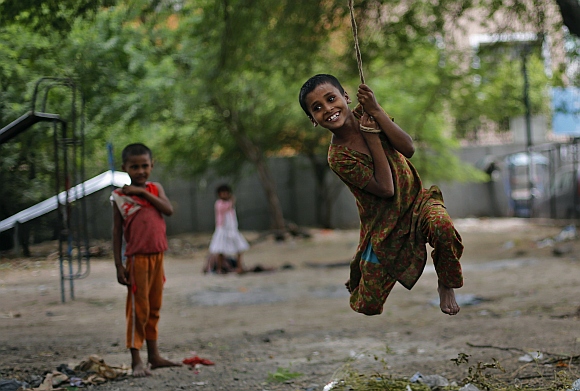
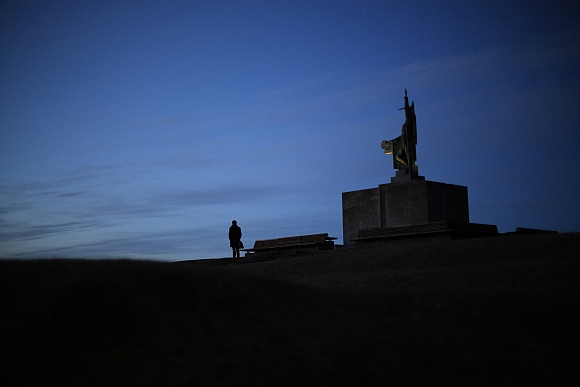
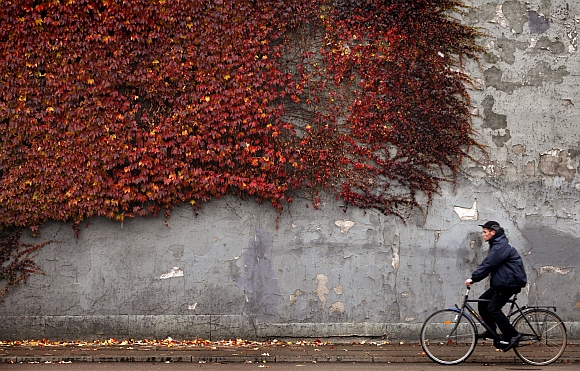

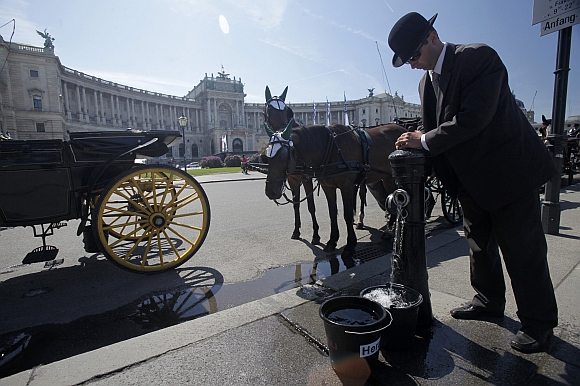
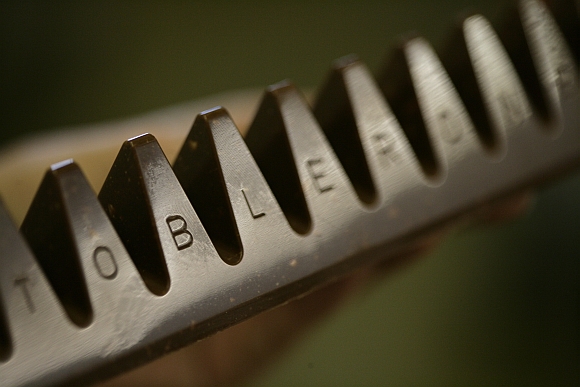
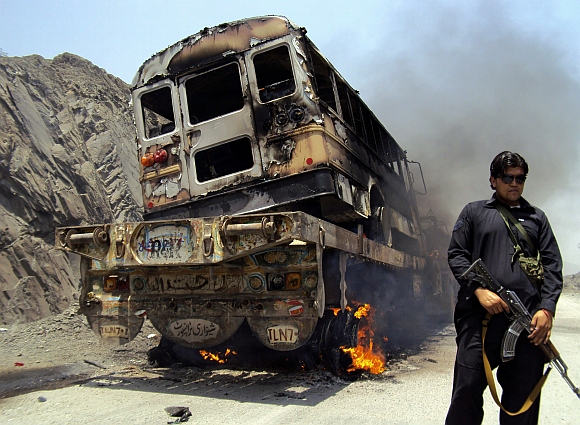
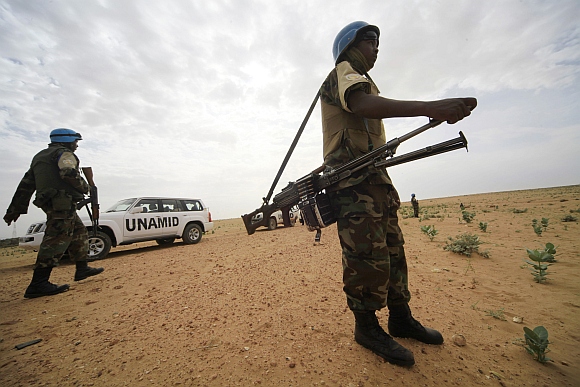
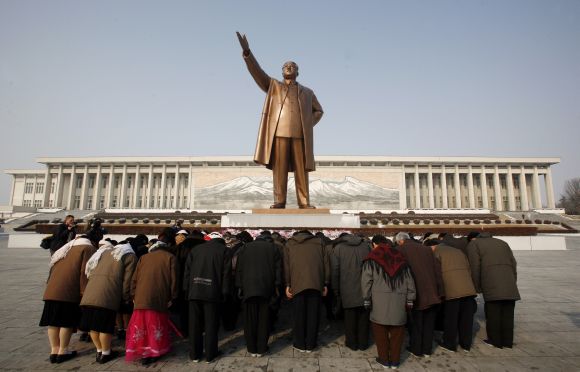
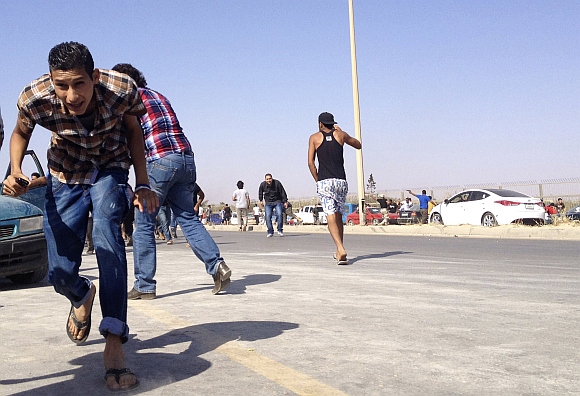

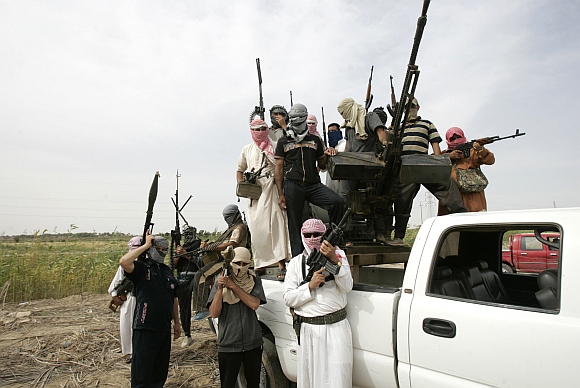

article